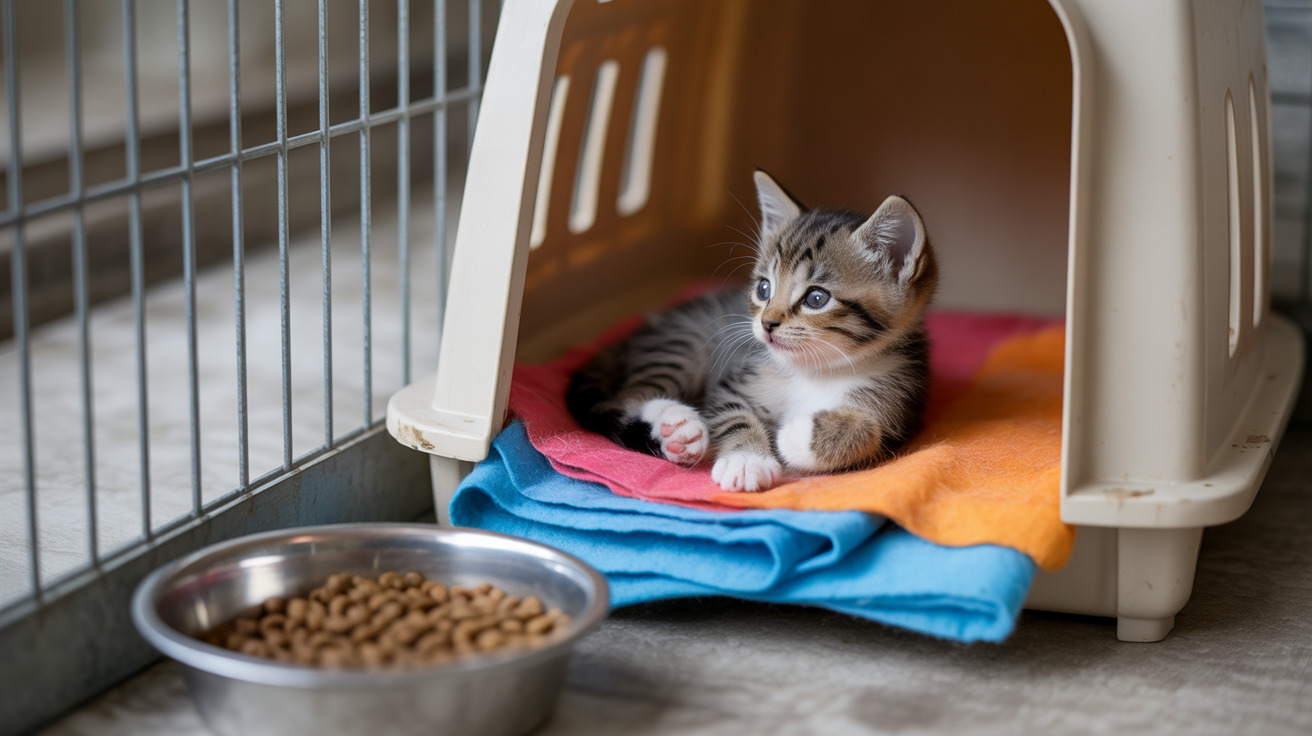Is Chicken the Healthiest Food for Dogs?
Feeding your dog a healthy and balanced diet is crucial for maintaining their overall well-being. Among the many protein sources available, chicken stands out as one of the healthiest and most popular foods for dogs. Here's what every responsible pet owner needs to know about using chicken in their dog's diet.
Why Cooked Chicken Is Healthy for Dogs
Chicken provides a wide array of essential nutrients that support your dog's health, including:
- High-quality lean protein that promotes muscle development and energy.
- Essential amino acids required for tissue repair and metabolic functions.
- Vitamins B3 and B6, which support brain function and metabolism.
- Minerals such as zinc, phosphorus, and selenium that boost immune health and bone strength.
Chicken is also easy to digest, making it ideal for dogs with sensitive stomachs, recovering from illness, or experiencing digestive upset.
Safe Preparation of Chicken for Dogs
To safely prepare chicken for your pet, follow these guidelines:
- Use boneless, skinless chicken breasts or thighs.
- Cook the chicken thoroughly (internal temperature of at least 165°F or 74°C).
- Do not add seasoning, salt, garlic, or onion, as these can be toxic to dogs.
- Boil, bake, or poach the chicken safely then cool and shred into bite-sized pieces.
- Store leftovers in the fridge for 3–4 days or freeze for longer use.
Chicken Items to Avoid
Not all chicken-based foods are safe. Avoid the following:
- Fried chicken and chicken nuggets (high in fat and additives).
- Processed chicken dishes with sauces or heavy seasoning.
- Chicken bones, raw or cooked, as they pose a choking or internal injury risk.
- Chicken skin, due to high fat content which can cause pancreatitis.
Can Dogs Eat Raw Chicken?
Feeding raw chicken is generally not recommended due to the risk of bacterial contamination from pathogens like Salmonella or E. coli that can affect both dogs and humans. Cooking the chicken thoroughly eliminates this hazard.
Benefits of Chicken Broth and Chicken Feet
Chicken broth is safe in small amounts as long as it’s free from toxic ingredients like onions, garlic, and extra salt. Chicken feet contain chondroitin and glucosamine, which support joint health, but must be given under supervision due to choking or obstruction risks, especially in dogs that gulp food.
Portion Guidelines by Dog Size
It’s essential to avoid overfeeding. Here are basic portion recommendations for cooked, plain chicken:
- Extra-small dogs (2–20 lbs): ~1 tablespoon
- Small dogs (21–30 lbs): 2 tablespoons
- Medium dogs (31–50 lbs): Up to 1/4 cup
- Large dogs (51–90 lbs): About 1/3 cup
- Extra-large dogs (91+ lbs): About 1/2 cup
Signs of Chicken Allergy in Dogs
Though rare, dogs can develop chicken allergies. Symptoms include:
- Itchy skin or rashes
- Hair loss
- Vomiting or diarrhea
- Repeated ear infections
If symptoms occur, switch to an elimination diet and consult your veterinarian.
Should Chicken Be the Main Diet?
Chicken alone is not a complete diet. It lacks key nutrients like other vitamins, minerals, fats, and fiber. A balanced diet includes:
- Variety of protein sources (like beef, turkey, or fish)
- Healthy grains (like rice or oats)
- Vegetables (like carrots or green beans)
- Proper supplementation (consult with a vet or vet nutritionist)
Consult Your Veterinarian
Before introducing or significantly modifying your dog’s diet, always consult your veterinarian. They can guide you on appropriate portion sizes, identify potential allergies, and ensure your dog’s specific health needs are being addressed.
In conclusion, plain, boneless, skinless cooked chicken is a top-tier food option for dogs when fed properly and as part of a balanced diet. With careful preparation and veterinary guidance, you can include this nutritious food to promote your dog’s health and happiness.





